By William E. Welsh
On the second day of Adolf Hitler’s bold invasion of Russia in June 1941, the Germans were confronted with one of their most glaring shortcomings in weapons and armament. It occurred when General Mikhail Kirponos unleashed the formidable Russian T-34 medium tank as part of a determined counterattack in the Ukraine against a portion of General Gerd von Rundstedt’s Army Group South.
When the pack of T-34s bore down on elements of the German 197th Infantry Division in the Ukraine, the foot soldiers of the Fatherland were stunned with disbelief as the shells they were firing from their 37mm antitank guns glanced harmlessly off the thick, sloped armor of the T-34s. It was a discovery that other German forces the length of the Eastern Front would make in the coming days and weeks. Something had to be done to correct the situation—and fast.
Germany’s Assault Gun Deficiency
The overwhelming victories that Germany won in the early campaigns of World War II were largely the result of the superior training of its forces and the superb tactics used by commanders at all levels. Although it may have seemed in the blitzkrieg attacks on Poland, France, and the Balkans that the Germans had superior equipment, a number of shortcomings were clearly evident in the quality and quantity of their war material when facing Britain, the Soviet Union, and later the United States.
The Germans were well aware in the years leading up to the war in Europe of the need to provide self-propelled armor to assist infantry in capturing enemy strongpoints and surviving enemy tank attacks. As early as 1935, General Eric von Manstein had drafted a memo to the chief of the General Staff urging that each infantry division should contain its own assault gun battalion for these purposes. The result was the stout, reliable Sturmgeschutz, which began field trials in 1937. As it was readied for service, a major squabble broke out among the inspectors general of the German infantry, artillery, and tank services as to who would be responsible for the vehicles.
The panzer men, who saw such a vehicle encroaching on their production resources, wanted nothing to do with it. Almost by default, responsibility for the assault gun landed in the lap of the German artillery. Although the design of the Sturmgeschutz was approved, crews were not trained quickly enough, and predictably it took a backseat to tank production. Thus, when Germany invaded Poland in September 1939, the assault guns had not yet entered full production.
Out-Armored, Out-Gunned Against the Allies
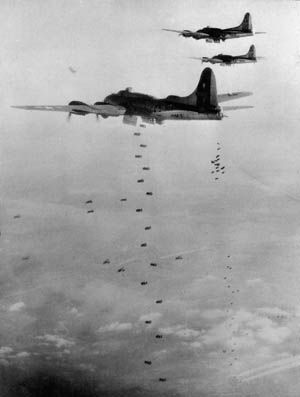
The principal weapon with which the Germans countered enemy tanks in the opening days of the war was the 37mm Pak gun that was towed by truck or by a team of horses. Von Manstein was not the only visionary general who foresaw the need for self-propelled artillery. Col. Gen. Heinz Guderian pushed for the development of a self-propelled gun that would accompany advancing Panzers. Unlike tanks with turrets that rotate to allow the gun to fire in different directions without repositioning the vehicle, early self-propelled German artillery featured fixed superstructures housing guns with very limited traverse. Rather than being a liability, the fixed superstructure allowed for the installation of a larger caliber gun than on tanks, which had to strike a balance between firepower and mobility.
Whereas motorized assault guns such as the Sturmgeschutz were intended primarily for use against infantry targets, the job of what Guderian envisioned as tank destroyers, or Panzerjägers, was to lie in wait and use their substantial firepower to penetrate the thick armor of enemy medium and heavy tanks, something that existing antitank guns of smaller caliber simply could not do.
Although the Germans made many improvisations, the only officially sanctioned effort to field a tank destroyer before the war began was to outfit the Panzerkampfwagen (PzKpfw) I light tanks with the 47mm L43 Czech gun, an invention dubbed the Panzerjäger I. This early tank destroyer saw service in 1940 and 1941, but the gun lacked sufficient punch to be truly effective. The need for the Panzerjägers became acute when the Germans came face to face in 1941 with the Russian T-34 medium and KV-1 heavy tanks on the Eastern Front as well as the British Matilda II medium tank in North Africa.
The Germans realized after invading Russia that they had no panzers, either in the field or in the planning stages, that could compete with the T-34 or KV-1. Indeed, German industry was struggling to keep pace with the demands of an army engaged on multiple fronts. To help remedy the situation, the German high command issued an order on December 22, 1941, to develop a tank destroyer that could defeat the best enemy tanks. Since time was of the essence, weapons developers were given the leeway to cobble together whatever parts of existing weapons systems deemed necessary. The intent was to field, in a relatively short time, a formidable Panzerjäger on an interim basis until a more comprehensive design could be tested and manufactured. The result was the Marder series.
The First Marder
The idea that the Germans hit on was to take a large, formidable antitank gun and fit it onto the chassis of an obsolete armored fighting vehicle. For the first Marder to enter production, the Marder II, they chose the Panzer II chassis. As for the gun, some models of the Marder would use the German-made Pak 75 while others would shrewdly make use of the Soviet 76.2mm antitank gun captured in abundance during the opening weeks of Operation Barbarossa.
The Germans would produce during 1942 and 1943 six main variants of the Marder, marrying different guns to either the Panzer II chassis, the Czech-built 38(t) chassis, or the French-built Lorraine tractor chassis. Two additional variants, technically raising the number to eight, were produced in small numbers using the chassis of the French Hotchkiss light tank and the French FCM 36 medium tank. The informal classifications of Marder I, II, and III that came into being probably arose from the fact that each of the three types used a different chassis. Yet, from a chronological standpoint, the numbering system is misleading as the Marder II was the first to enter service.
The Marder II Ausf. (model) A, B, C, and F entered service in April 1942 and were equipped with the German-made 75mm L46 Pak 40/2 gun, which was capable of hurling a 12.6-pound projectile at 1,800 feet per second. The official designation of this model was the SdKfz 131. The other models, the Marder II Ausf. D and E, employed the captured Russian Model 36 76.2mm antitank gun rechambered to take the German 75mm round. Packing an even greater punch than the L46 Pak 40/2, the Russian cannon could hurl rounds at 2,430 feet per second. This vehicle was designated SdKfz 132.
The Making of a Marder
At the assembly plant, workers fitted the gun carriage minus the wheels onto the chassis using a specially made mounting plate. The plate was shaped like a bridge and attached to the top of the chassis in the front and back with large bolts. The superstructure surrounding the gun was open at the top and consisted of a moveable gun shield in front that was thick enough to protect the gunner and loader from small-arms fire. The fixed armor plate used on the sides was thinner than the shield on the front and therefore provided less protection. Whereas the Marder II hull had protective armor ranging from 14.5mm to 35mm in thickness, the superstructure plating was only 8mm to 10mm thick.
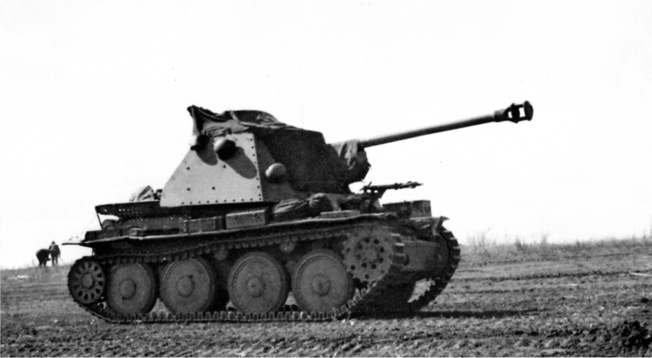
All Marder IIs were powered by a six-cylinder Maybach HL 62 gas engine that had six forward gears and one reverse gear. In mild temperatures, the driver cranked the engine using an electric starter, but the vehicle was equipped with an inertia starter for sub-freezing temperatures. The A, B, C, and F used a five-wheel, quarter-elliptical leaf spring suspension, while the D and E employed a torsion bar suspension mounting four large road wheels without return rollers.
The Marder II A, B, C, and F each weighed about 11 tons and, not counting the barrel, were 15 feet long with a width of about seven feet and height of slightly more than seven feet. The crews were made up of a driver and wireless operator who were positioned as they normally would have been in the Panzer II, and the gunner and loader who rode atop in the superstructure. The Marder II had a top speed of 25 miles per hour. It carried 44 gallons of fuel in two tanks and could travel 93 miles on the road and 62 miles offroad.
The two types of Marder IIs were markedly different in appearance. The D and E featured a higher superstructure positioned slightly further toward the rear of the vehicle than the A, B, C, and F versions. The Marder II could carry up to 37 shells, and most crews stored a 7.92mm MG34 machine gun in the fighting compartment to engage enemy infantry when necessary. The Germans assembled 531 of the Marder IIs armed with the Pak 40/2 antitank gun and 185 of the Marder IIs equipped with the Russian Model 36 antitank gun.
The Marder design was not without its drawbacks. For one, the crews fighting on the Eastern Front were exposed to the extreme temperatures typical of the Russian steppe in colder months. What’s more, the high superstructure made the vehicle top-heavy and difficult to drive in rugged terrain. The Marder’s high profile also made it highly vulnerable to enemy artillery, antitank guns, and tanks. The Marder IIs were issued to Panzerjäger Abteilung (tank destroyer battalions) integral to elite infantry and panzer divisions, as well as other units, and served primarily on the Eastern Front.
The Marder III
The Marder IIIs, which were considered the best of the Marder family, were built in three different styles. Each of the three styles used the extremely well designed Czech-built 38(t) chassis rather than the Panzer II chassis. The first of these entered production in March 1942 designated as the SdKfz 139 and were equipped with the Russian Model 36 76.2mm gun, again rechambered to accept German 75mm ammunition. In the first three months of production, the Germans managed to roll 120 out of the Bohemian-Moravian Machine Factory AG of the Praga Works in Prague. They would eventually produce 344 of this variant, 117 of which were sent to North Africa between March 1942 and May 1943. Their appearance in combat jarred the British, who initially mistook the 76.2mm gun for the dreaded German 88mm cannon.
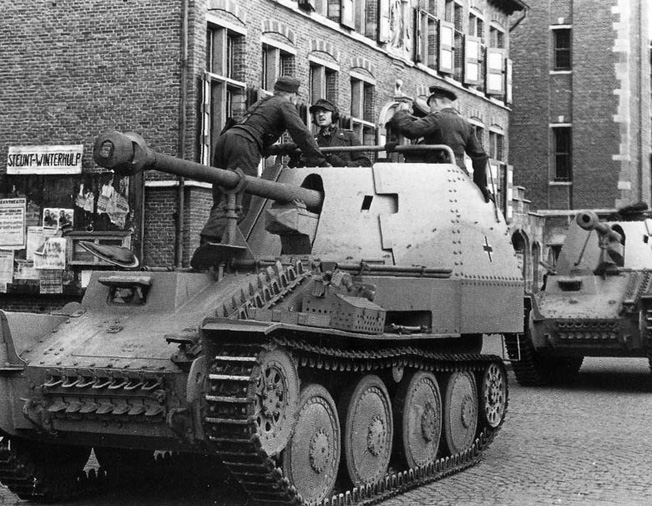
The first Marder IIIs produced had a suspension comprising four large road wheels on each side that hung in pairs from leaf springs attached to the hull. They were powered by a 125-horsepower Praga EPA water-cooled gas engine that could reach a top speed of 26 miles per hour. Some of the later Marder IIIs were retrofitted with twin carburetors that allowed drivers to accelerate to 30 miles per hour on good roads. Like the Marder II, the early Marder IIIs had a high superstructure with a relatively small fighting compartment located in the center of the vehicle.
The later Marder IIIs, designated as the SdKfz 138, featured the improved German 75mm L46 40/3 gun. The SdKfz 138 Type H entered production in May 1942 and had a forward fighting compartment and a rear engine, while the SdKfz 138 Type M had a much larger fighting compartment placed at the rear of the vehicle and the engine located in the middle. By putting the fighting compartment at the rear, the designers not only improved the vehicle’s overall handling on and off road, but also placed the gun crew in a safer position during combat. Altogether, the Germans produced 1,577 of the late-model Marder IIIs.
From French Vehicle to German Marder
In the summer of 1942, the Germans also began converting captured French vehicles into tank destroyers that were dubbed the Marder I and had the official designation SdKfz 135. This was possible because the Germans captured in good condition a large number of French Tracteur Blinde 37L personnel carriers, better known as the Lorraine, that were used to tow artillery. Captain Alfred Becker, commander of Sturmgeschutz Abteilung 200, used his pre-war industry connections to arrange to have as many as 184 of these vehicles converted. The work was done not only in Germany, but also in Paris.
To convert the tractors, workers removed the existing transport compartment and replaced it with an enclosed superstructure that ran almost the entire length of the vehicle. The Marder I using the Lorraine chassis employed the 75mm Pak 40/1 L48 gun behind a large armored shield. Initially deployed to Russia, they were deemed inferior to the Marder IIs and IIIs and eventually were shunted back to France and other static fronts to bolster occupation units. They would see action in the Normandy campaign in 1944 when the 21st Panzer Division took two dozen of them into action.
Other vehicles that shared the Marder I designation married the 75mm Pak 40/1 L48 gun to either the French Hotchkiss H-39 light tanks or the FCM 36 medium tanks that were captured by the Germans during the fall of France. Although there is no definitive record of how many of these alternative versions were built, it is estimated that as few as 24 Hotchkiss chassis and 10 FCM chassis were converted into tank destroyers.
The Tactics of Tank Destroying
As the war progressed during 1942 in Russia and North Africa, the Marders were loaded onto rail cars and shipped to the fronts. Organized into battalions to support both infantry and armor, they served different functions depending on which units they were assigned to support. Their role on the battlefield was to lie in wait for enemy armor to attack or counterattack the units they were supporting. Rather than being parceled out to small units, they were generally concentrated so that they would have a telling effect on enemy armor.
The crews of the Marders would scour the battlefield for protected positions in which to deploy their vehicle when the battle began. A battle-tested crew would look not for just one position but for several different positions to which they might shift. The nature of the terrain would dictate the type of obstacles they could hide behind that would make it more difficult for enemy armor to reach them during combat. The tank destroyers preferred concealed positions behind rivers, marshes, minefields, or hedgerows. In areas where there was abundant foliage, the crews were known to cover the entire vehicle, including the open-topped superstructure, with foliage to make them difficult for the enemy to spot at a distance.
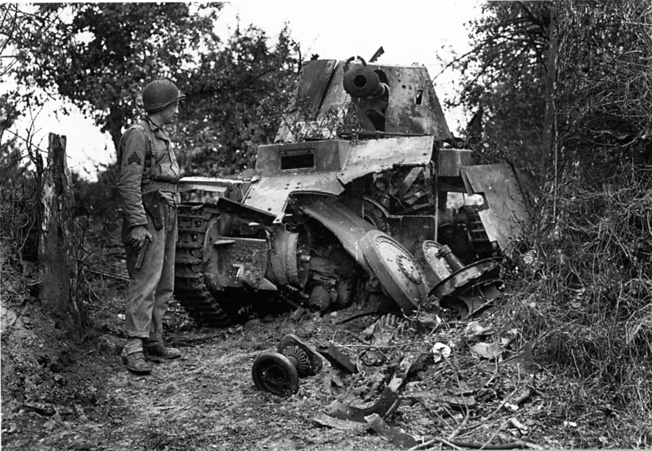
Marder crews supporting infantry would provide fire during the initial advance and lumber forward once the infantry had seized its objective. At that point, they would provide close support until the objective was firmly secured before retiring to the rear. When assisting friendly armor on the attack, Marder crews would secure the flanks and also lend their long-range fire to the overall weight of the attack. Although these were the optimum tactics, circumstances of a given campaign would often dictate how the Marders were used. For example, in von Manstein’s Kharkov counteroffensive of February and March 1943, Marders transported combat engineers and even panzergrenadiers into battle. During that campaign, Marder IIs and Marder IIIs were used by both the 1st SS Division Leibstandarte Adolf Hitler and 2nd SS Panzer Division Das Reich. In Kharkov and other battles on the Eastern Front, the panzergrenadiers relied heavily on the Marders for support when Soviet tanks attacked in force.
A Cheap, Improvised, and Temporary Solution
The Panzerjäger I, the Marders, and the Nashorn were all improvised, first-generation tank destroyers built to temporarily fill a void until the Germans could design and produce a more sophisticated second generation of tank destroyers with enclosed superstructures and lower silhouettes. When the advantage on the fronts in Russia and North Africa shifted to the Allies in late 1942, Marders and other tank destroyers took on the growing burden of stopping or delaying enemy offensives. It was during this period that the Germans mastered the art of luring enemy armor into traps. The German tanks would purposely retreat through a well-established line of tank destroyers. When the enemy armor pursued them, the tank destroyers would devastate the pursuing enemy armor from well-concealed positions.
The production of Marders continued through 1943 and, for some variants, into 1944, although by that time the Germans were producing a number of other tank destroyers, including the Nashorn with its powerful 88mm gun, as well as a second generation of tank destroyers that were fully enclosed, such as the Elefant, Hetzer, Jagdpanzer IV, and Jagdpanther.
The fact that so many tank destroyers were fielded reflected the difficulties the German tank industry was having in determining which armored fighting vehicles merited priority. Because it was easier and cheaper to produce a tank destroyer than a tank with a movable turret, large numbers of tank destroyers were produced toward the end of the war. In addition to the Waffen SS divisions, other units fortunate to have a Panzerjäger Abteilung were the Grossdeutschland Division and the 1st Paratroop Panzer Division Hermann Göring.
Despite its shortcomings, the Marder added weight to the German war machine as it advanced to the Volga River and into the Caucasus Mountains in late 1942. When the initiative on the Eastern Front shifted firmly to the Soviets in the second half of the conflict, the Marders and other tank destroyers became a staple of the German defensive efforts, blunting Soviet tank attacks. The more than 2,800 Marders fielded during World War II were a proven counterweight to enemy armor.
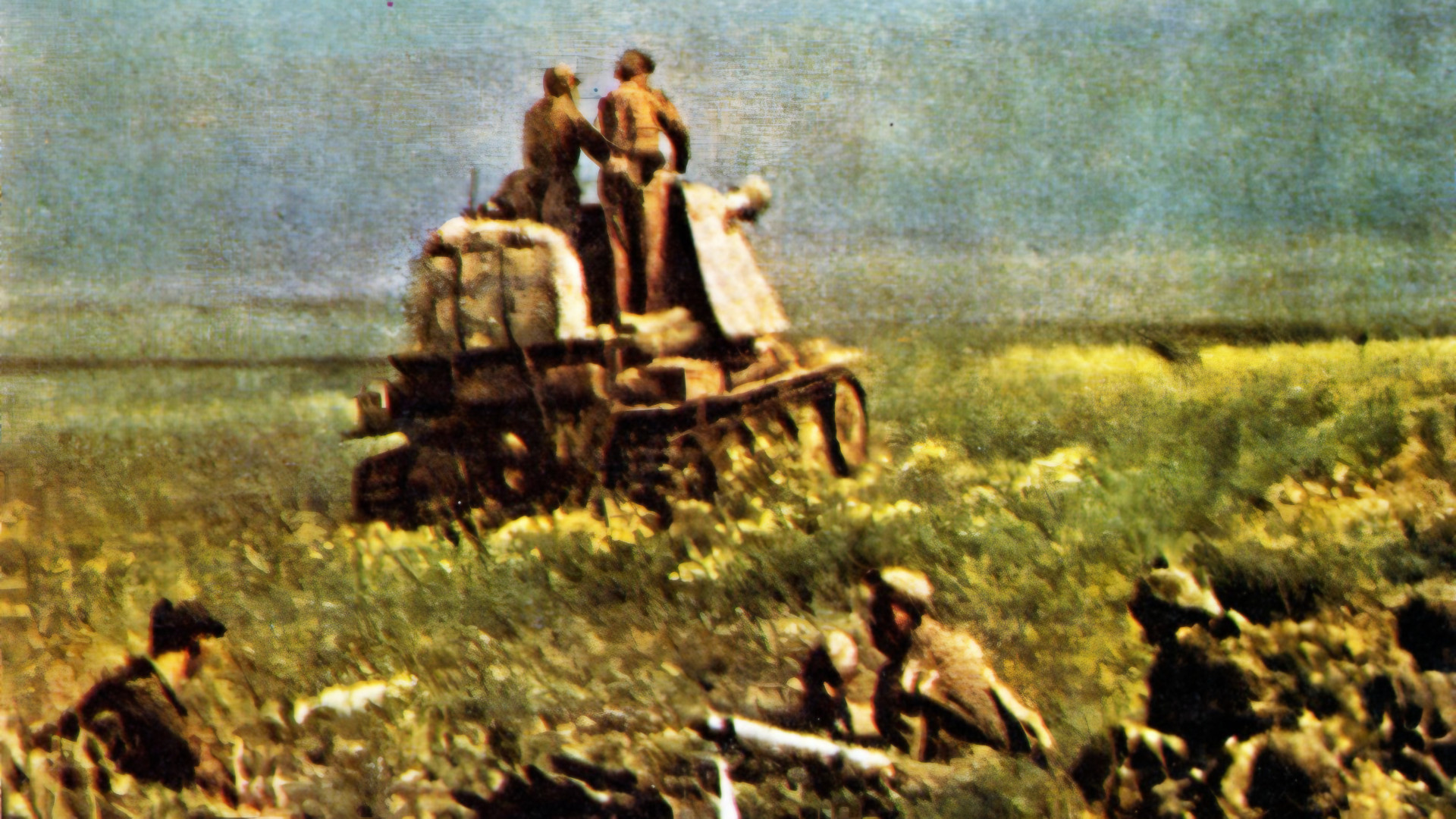
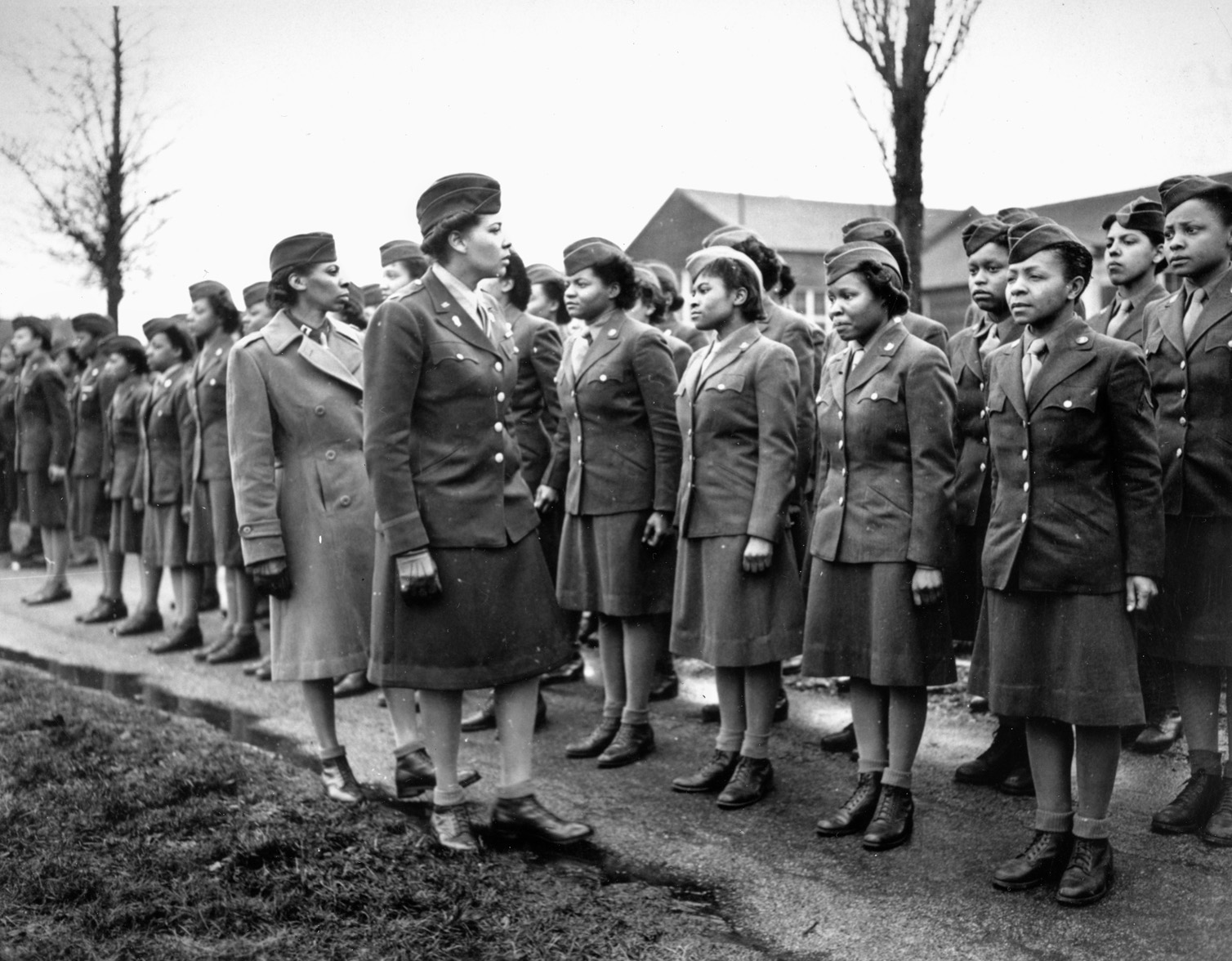
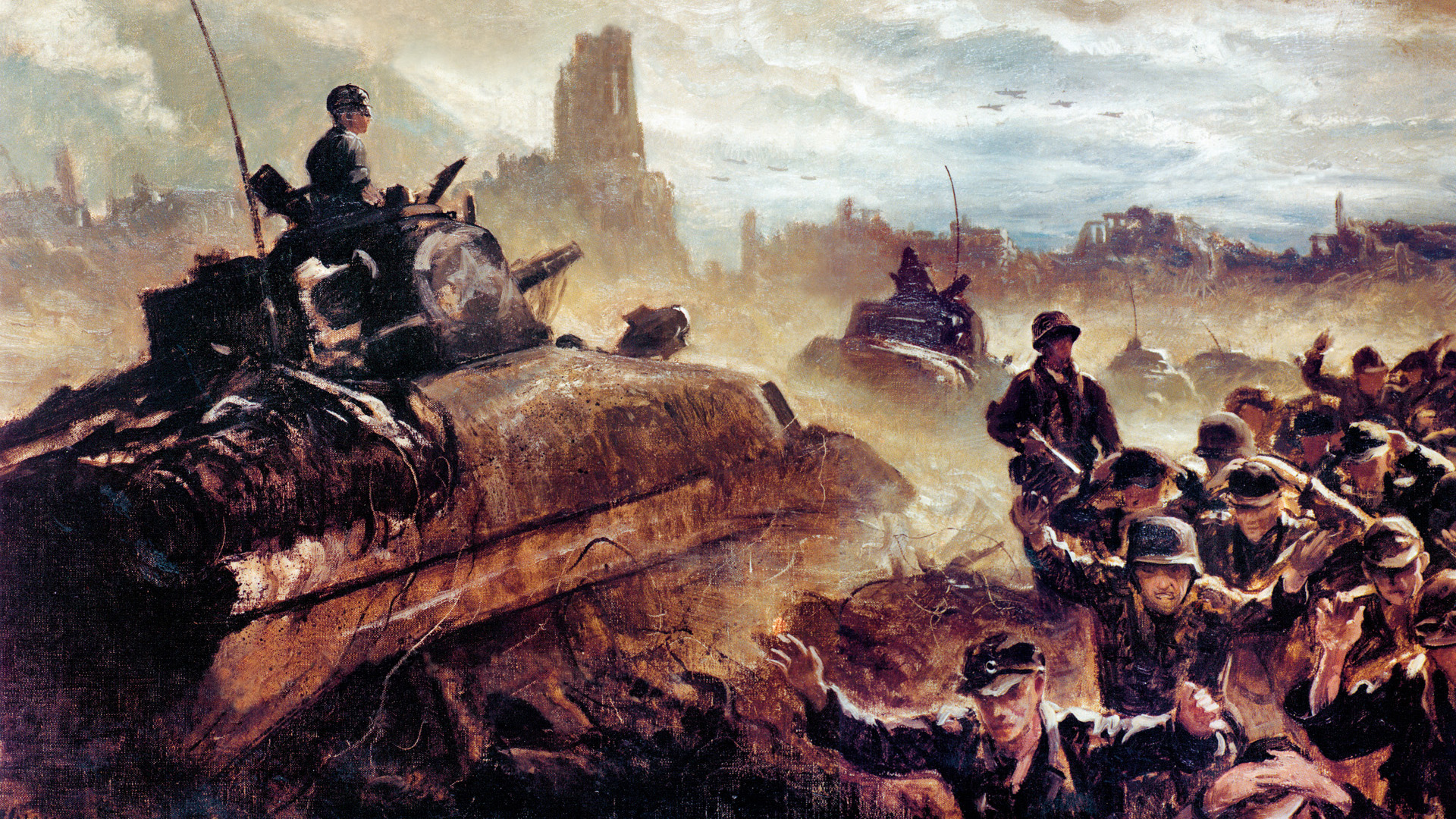
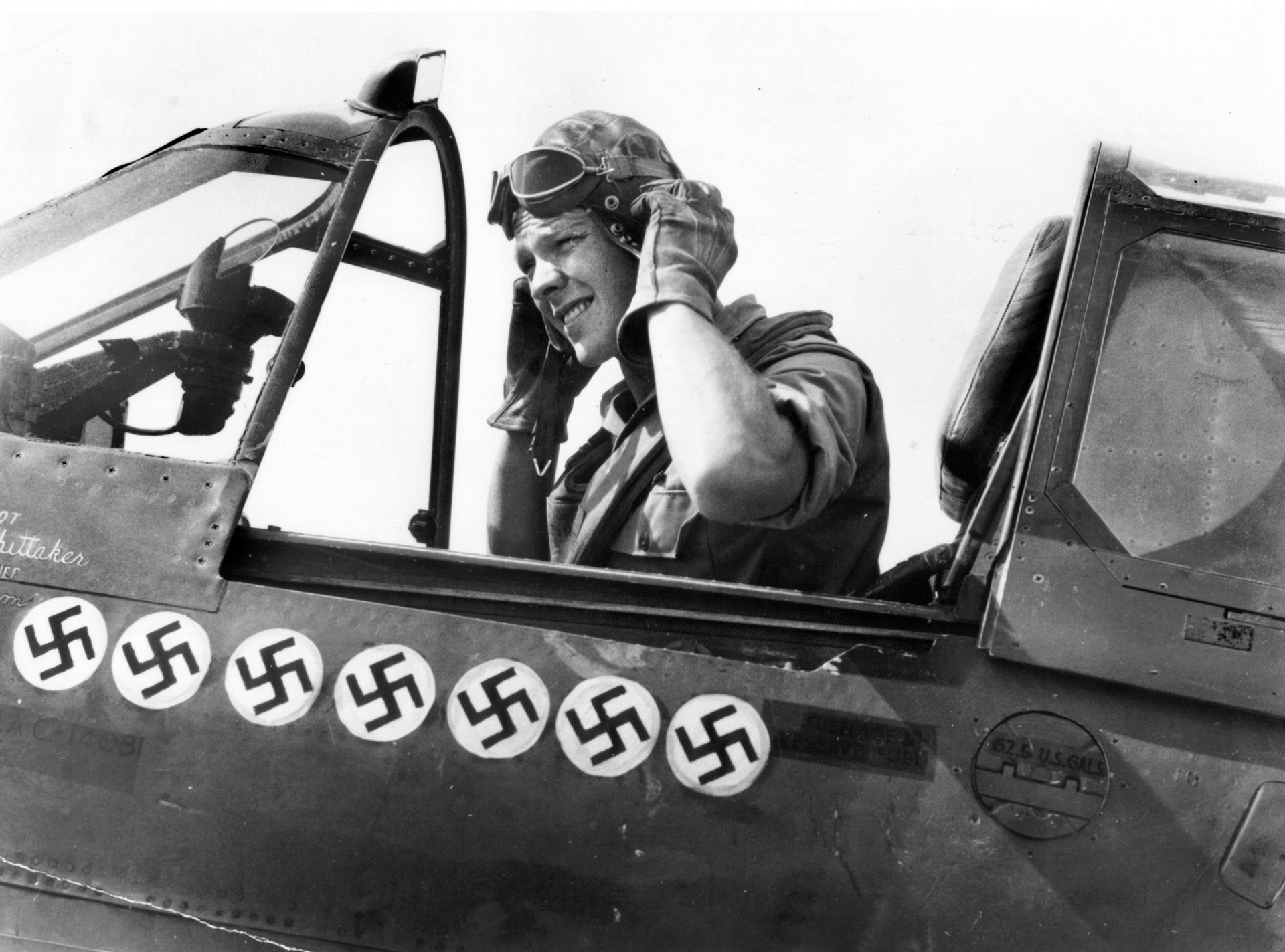
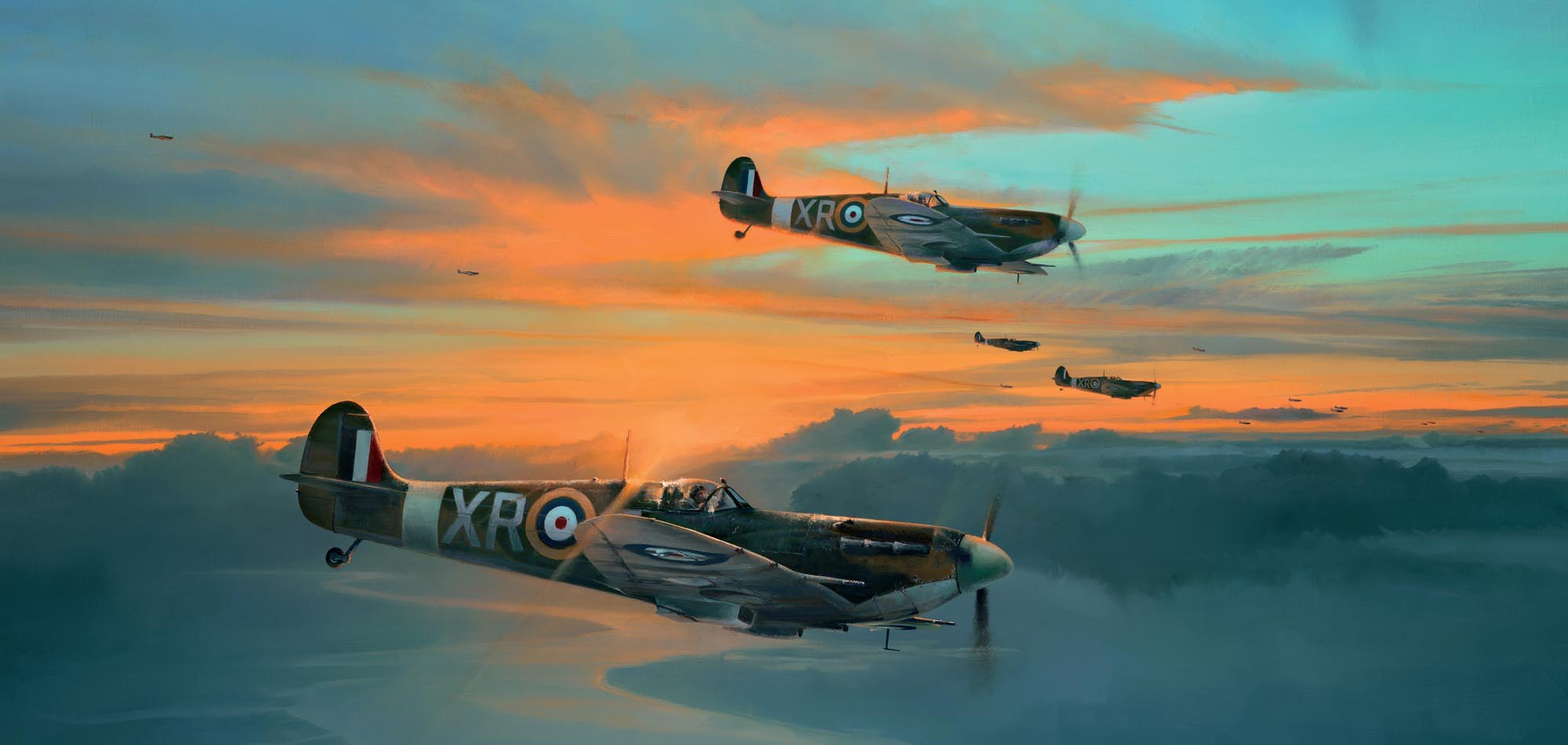
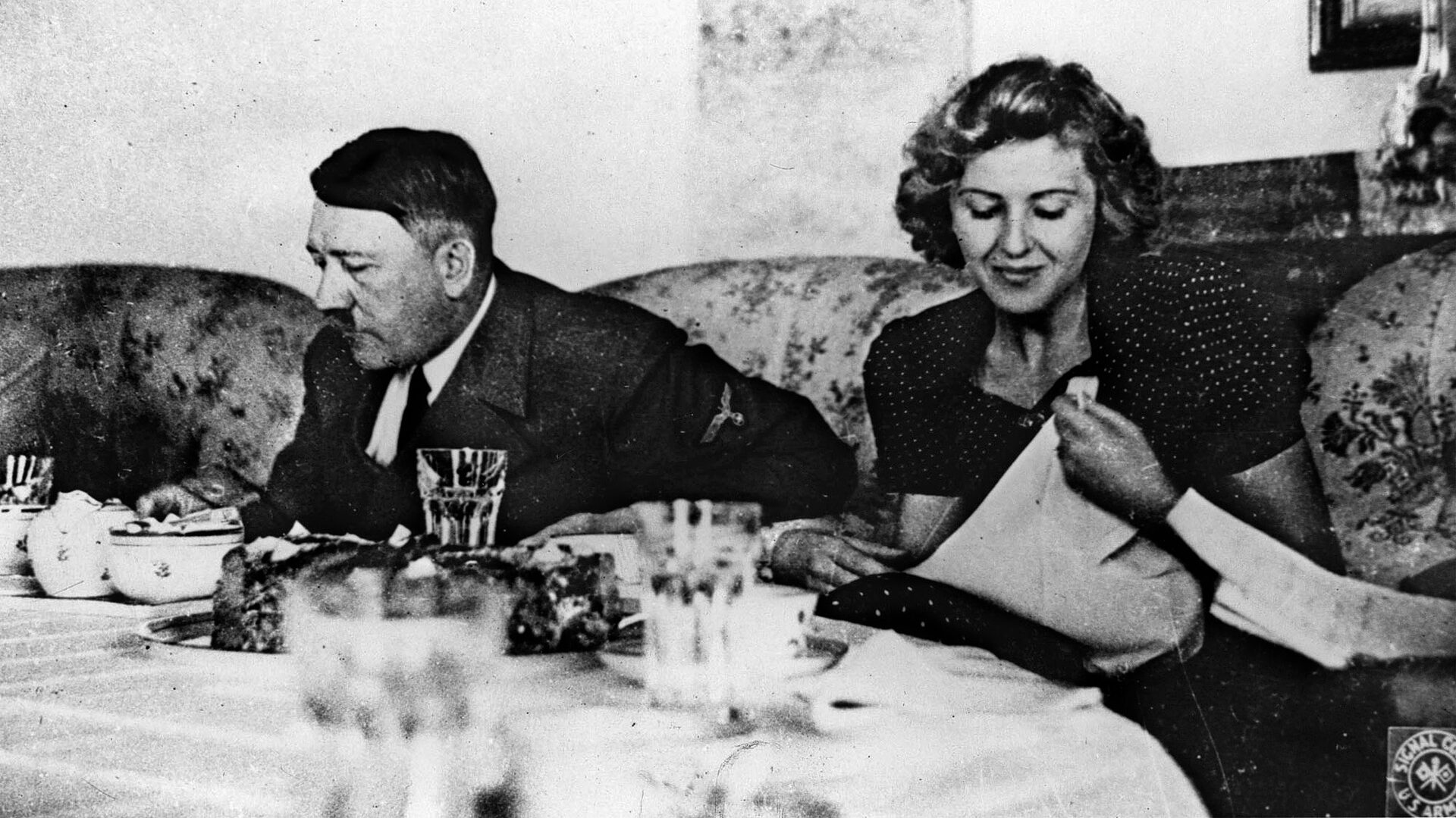
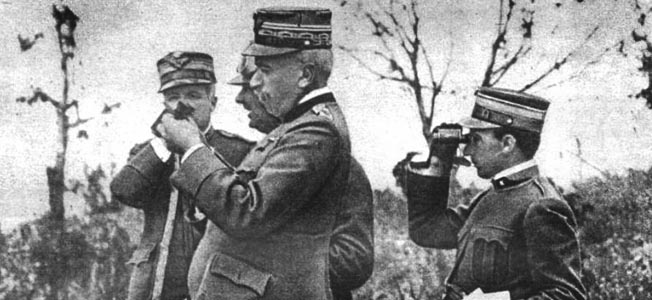
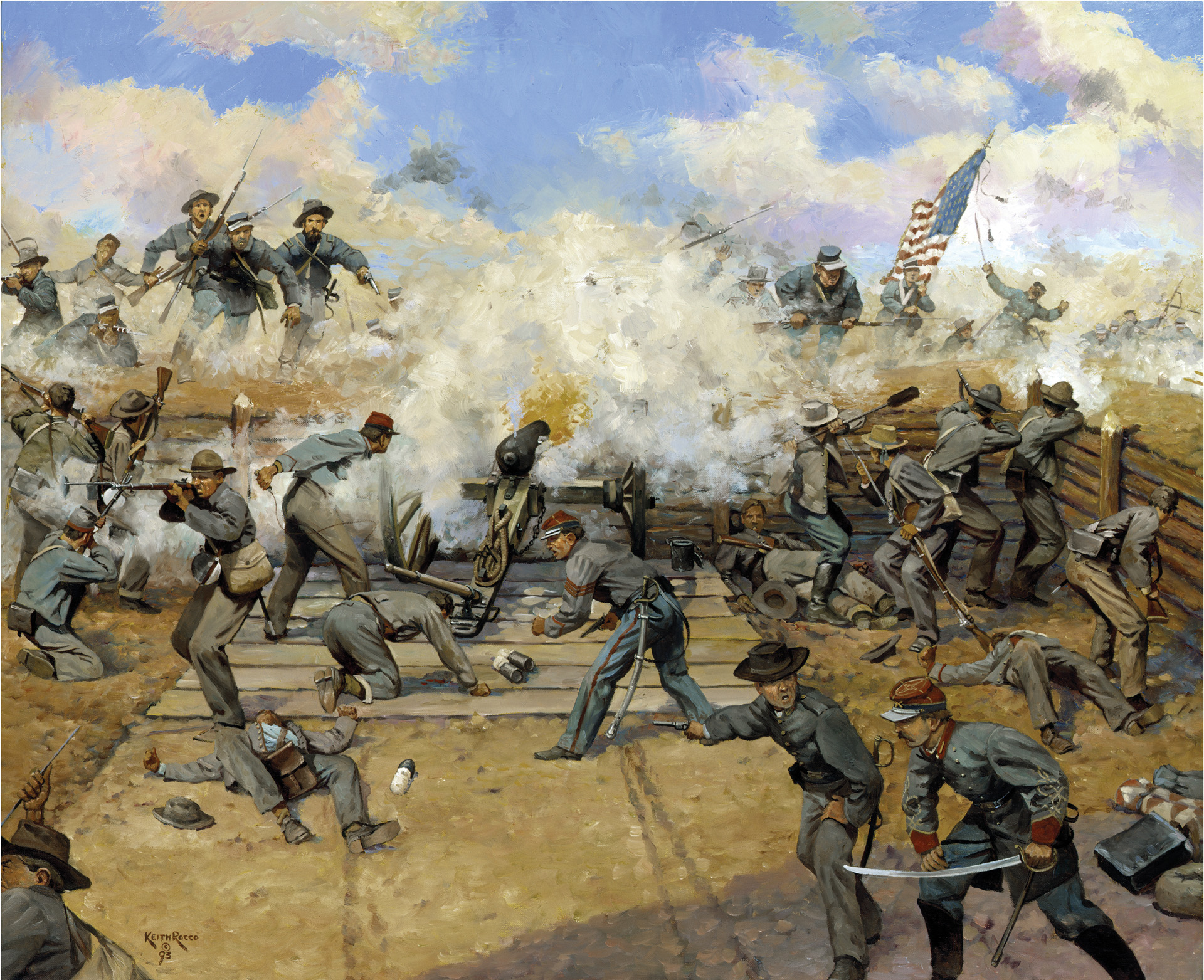
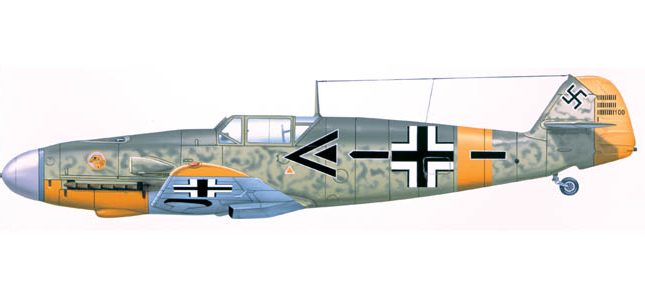
Join The Conversation
Comments
View All Comments